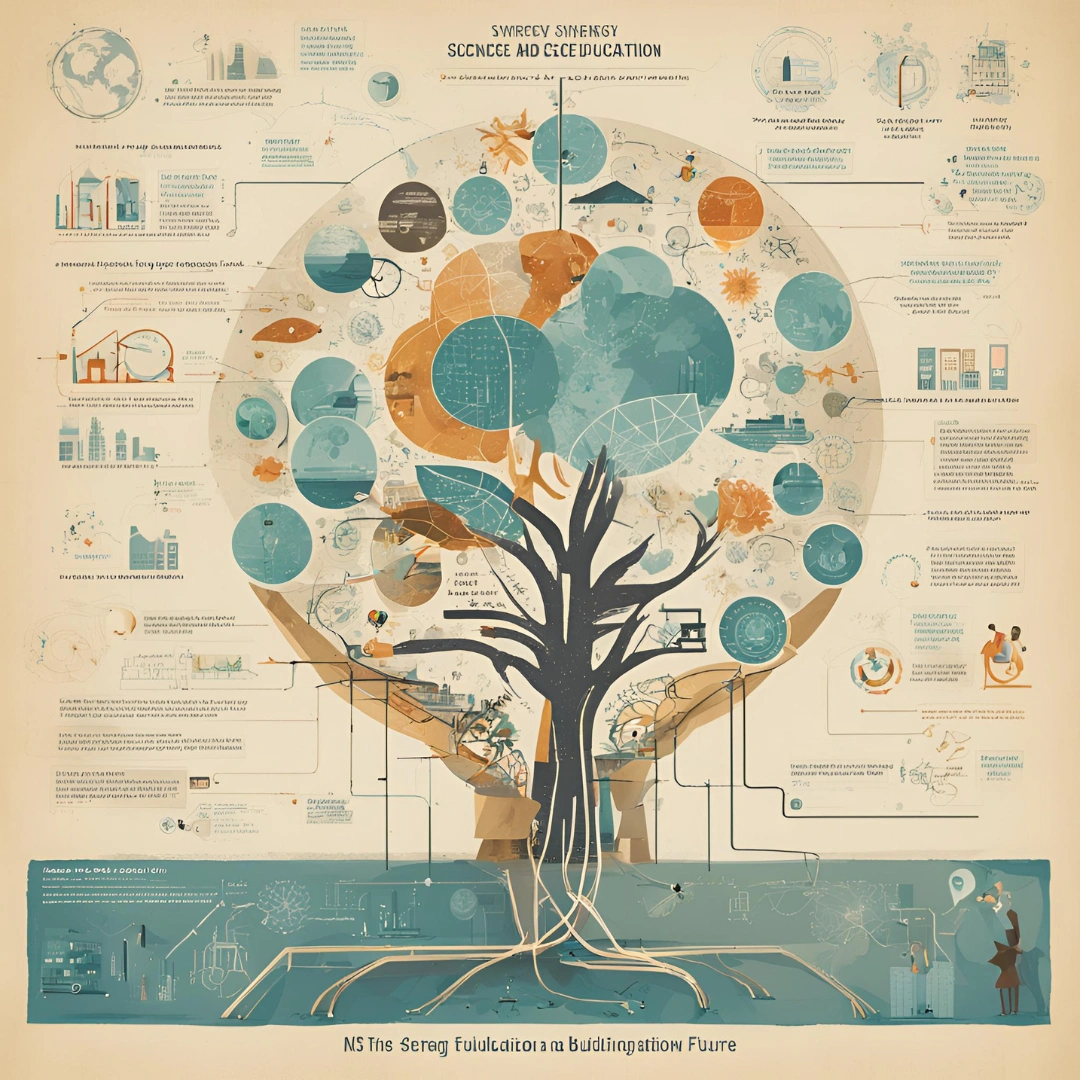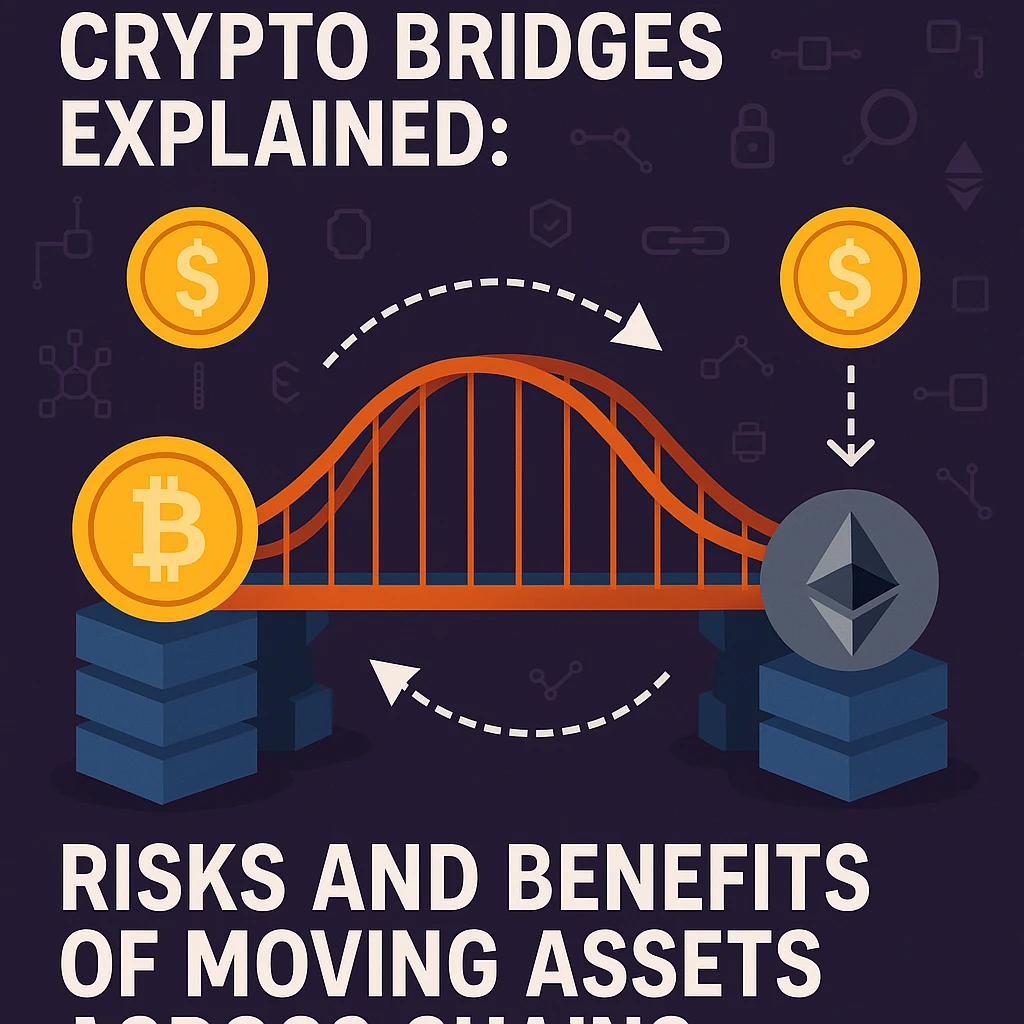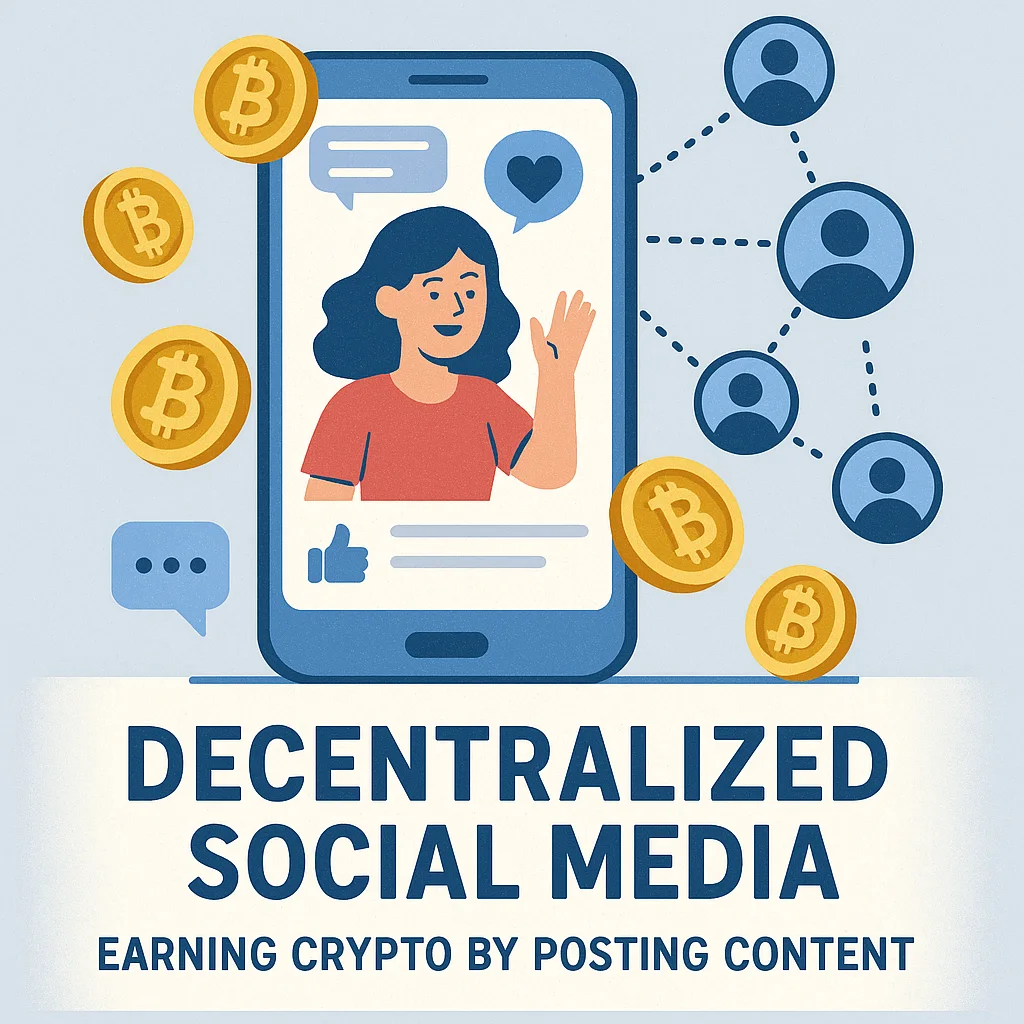The advancement of humanity depends on the interconnection between science and education. They are the foundation of innovation and progress. The partnership between these two fields leads to a better comprehension of the world, encourages technological developments, and prepares upcoming generations to face intricate global problems. This blog delves into the significance of science in education, the advantages of incorporating scientific principles into learning, and the methods that contemporary education systems can use to stimulate scientific literacy and investigation.
The Importance of Science in Education
Fostering Critical Thinking and Problem-Solving
The fundamental objective of science education is to enhance students' critical thinking and problem-solving proficiencies. By utilizing scientific inquiry, students can construct hypotheses, conduct experiments, and scrutinize data to answer questions. This systematic methodology fosters a curious, skeptical, and evidence-based mentality, which is crucial for comprehending the world.
- Encouraging Curiosity: Science education ignites a sense of wonder about the natural world, motivating students to explore and learn.
- Developing Analytical Skills: Through scientific investigation, students learn to interpret data, recognize patterns, and draw informed conclusions.
- Enhancing Problem-Solving Abilities: Science education equips students with the tools to approach and solve complex problems systematically.
Preparing for the Future
Scientific literacy is crucial in today's fast-paced technological landscape. Knowing scientific concepts and procedures is vital to maneuvering through the contemporary world, from making informed choices about health and the environment to interacting with new technologies.
- Health and Wellness: Knowledge of biology and chemistry helps individuals make informed choices about nutrition, medicine, and personal health.
- Environmental Stewardship: Understanding ecological principles and climate science is crucial for addressing environmental challenges and promoting sustainability.
- Technological Proficiency: Familiarity with scientific principles underpins the ability to engage with and contribute to advancements in technology and engineering.
Integrating Science into Education
Hands-On Learning and Experiential Education
Experiential education, which involves conducting experiments, going on field trips, and participating in interactive projects, is a highly successful approach to teaching science. This hands-on approach allows students to directly engage with scientific phenomena, making abstract concepts more concrete and easier to comprehend.
- Laboratory Experiments: Conducting experiments in a lab setting allows students to test hypotheses, observe reactions, and learn through trial and error.
- Field Trips: Visiting science museums, botanical gardens, and research institutions provides real-world context and inspiration.
- Interactive Projects: Building models, conducting surveys, and participating in science fairs foster creativity and application of scientific knowledge.
Interdisciplinary Approaches
Science education is most effective when it is integrated with other subjects, creating a holistic learning experience. Interdisciplinary approaches help students see the connections between different fields of study and understand the relevance of science in various contexts.
- STEM Education: Encouraging students to broaden their skill set and apply scientific principles across multiple disciplines can be achieved through the integration of science, technology, engineering, and mathematics (STEM).
- Art and Science: Combining science and art (STEAM) has the potential to enrich imagination and foster a better understanding of scientific ideas by means of creative outlets.
- History and Science: Studying the past of scientific breakthroughs offers a framework and encourages learners to value the progression of scientific ideas.
Technology in Science Education
Science education can be improved with the help of advanced technology. This includes interactive simulations, virtual labs, online resources, and educational apps. These technological tools can make learning more inclusive and interesting.
- Virtual Labs: Virtual lab simulations over the internet offer students the chance to experiment and explore without the constraints of physical resources, providing a valuable opportunity for practice.
- Educational Apps: Mobile apps and online platforms offer interactive lessons, quizzes, and games that reinforce scientific concepts.
- Online Courses and Tutorials: Supplementing classroom learning with online courses and video tutorials from experts in the field can offer students extra support.
Challenges and Opportunities in Science Education
Addressing Inequities
It's vital to prioritize science education, yet there are significant gaps in the availability of high-quality science instruction. It's essential to rectify these disparities to make sure that every student has equal access to science education.
- Resource Disparities: Schools in underserved communities often lack the resources for well-equipped science labs, up-to-date textbooks, and qualified teachers.
- Gender and Diversity Gaps: Encouraging diversity in science education is essential for fostering inclusive innovation and ensuring that diverse perspectives are represented in scientific research.
Teacher Training and Professional Development
In order to achieve successful science education, it is essential to have instructors who are adept in both their subject matter and teaching methods. They must possess a strong passion for the field and be well-educated on the subject.
- Continuous Professional Development: To ensure that teachers remain up-to-date with the latest scientific advancements and teaching methodologies, it is important to offer them regular training and opportunities for professional development.
- Mentorship and Collaboration: Creating an environment where teachers mentor and collaborate with each other can promote a positive community and make it easier to exchange effective teaching methods.
Promoting Scientific Literacy
Encouraging scientific literacy involves involving the larger community in science education in addition to the classroom.
- Public Science Initiatives: Public lectures, science festivals, and citizen science initiatives can all involve the community and foster a curiosity about science.
- Media and Communication: Scientific concepts can be effectively communicated through the media, especially social media, to demystify science and increase public accessibility.
Conclusion
For the sake of encouraging critical thinking, creativity, and worldwide advancement, science and education must work together harmoniously. Through the incorporation of scientific principles into education, the encouragement of experiential and multidisciplinary learning, and the effective utilisation of technology, we can endow the next generation with the necessary abilities and understanding to tackle the intricate problems of our day. Building a more knowledgeable, competent, and resilient society in the future will require us to embrace innovation and advance equity in science education.





Leave a Reply